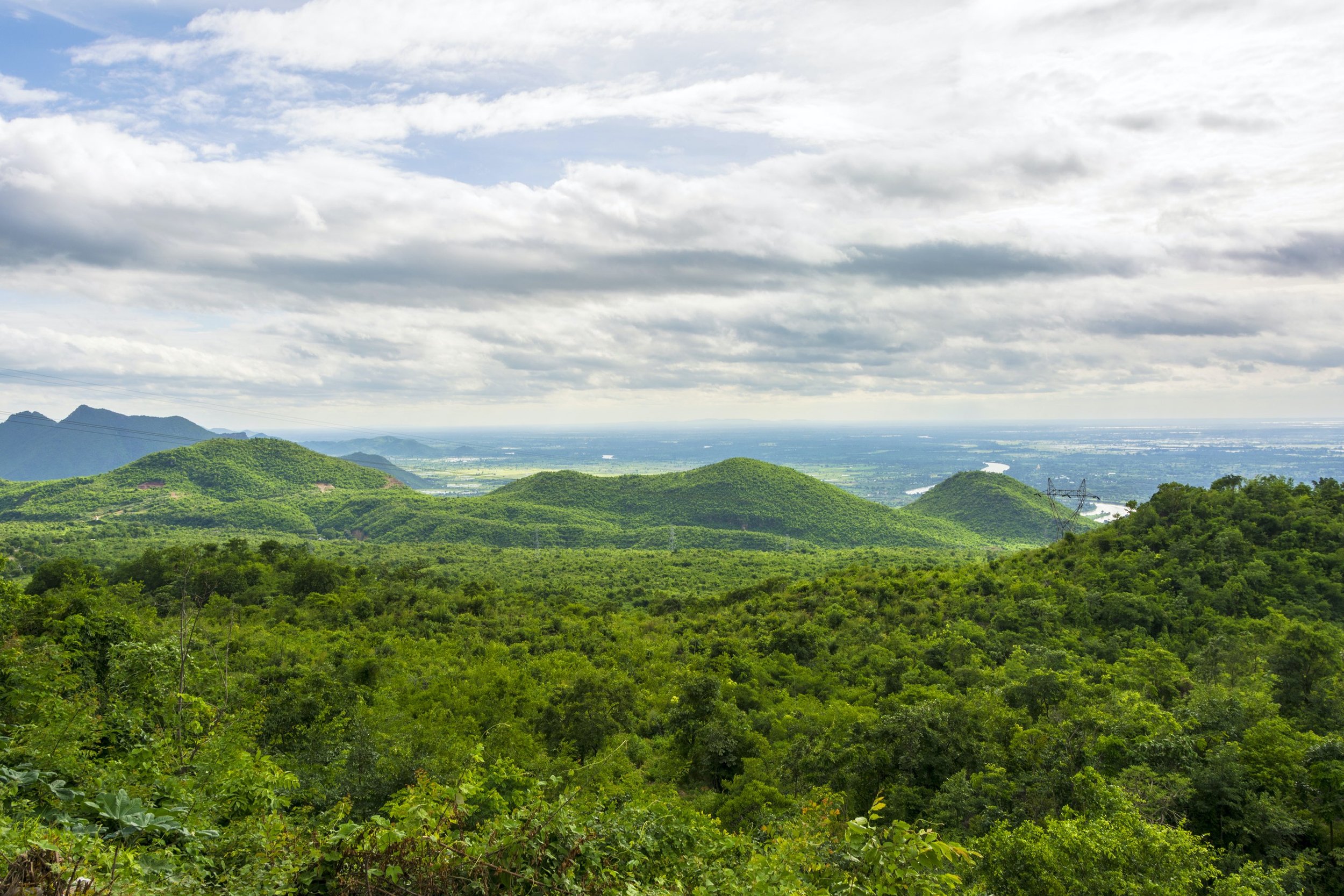
ACRE Myanmar
Mainland Asia’s largest forest is rapidly degrading
Myanmar was covered in thick tropical forests, but from the 1990s poor governance, civil war and corruption led to massive deforestation.
Forest coverage shrunk from 70% to 43% of the land mass, representing a loss of 7,445,000 ha which is now largely degraded soils.
Successive Myanmar governments have attempted to solve this problem by pushing teak plantations, but these mostly monoculture enterprises led to:
Depleted soils;
Vulnerability to pests and disease;
Lower quality timber; and
Biodiversity loss.
GEOGRAPHICAL CONTEXT
Myinmethi
ABOUT THE PROGRAM
Myanmar is a least-developed country experiencing economic collapse, with The World Bank has predicted an 18% contraction in its economy. Rural livelihoods and nature, often hit the hardest, must be protected.
Why Myanmar?
Our project is based around the village of Myinmethi. Populated by an agrarian Taung Yoe population of approximately 1800, the village sought help to reforest their communal land after hearing about Philippe Lenain’s reforestation efforts in a neighbouring village.
Demographics and society
ACRE aims to restore an area devastated by deforestation and ecological decline, while benefiting communities.
Uncontrolled logging for timber, charcoal, and firewood, likely in the mid-1970s have left soils exposed and vulnerable.
Through time, wind and rain have eroded the topsoil, washed away nutrients, and evapotranspiration has plunged water tables from 30-40 feet to over 250 feet below ground.
ACRE aims to restore this land and benefit local communities with supporting partners RECOFTC, IUCN and The Nature Conservancy via a succession forestry approach.



